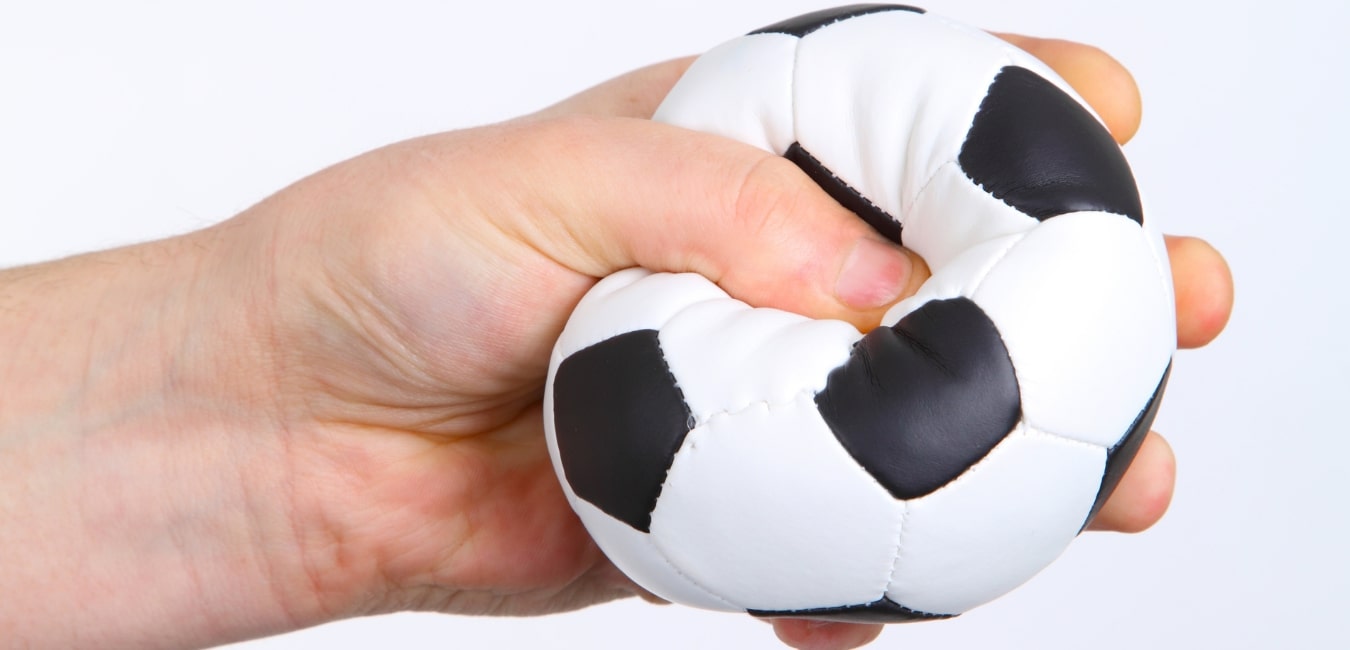
The Six Most Important Fine Motor Skills - Part 1/3
Mar 20 , 2021
0 comments
In the next 3 posts, we will be talking about the 6 most important fine motor skills:
- The palmar arches
- Wrist stability
- The skilled side of the hand
- Intrinsic hand muscle development
- Bilateral hand skills and scissor skills
that your child needs to develop in order to be able to perform tasks that most of us don't even think about, like buttoning the shirt, brushing your teeth, pinching something or playing musical instruments.
These posts will be more informative and less on the fun side.
But hey, to know exactly what you need to do and how to act, we have to learn the basics first. Right?
The Palmar Arches
Are the muscles that allow the palms to curl inward and form the shape of an arch. In order to be able to hold objects with your hand (such as a fork or a pencil) or do manipulative activities like putting pompoms in a bowl with fingers or even with tweezers, you need to strengthen the palmar arches.
Activities for strengthening the palmar arches are:
pinching, squeezing, putting small objects together and pulling them apart.
The following list will provide many great activities for practicing your child’s palmar arches.
Your part of the work is to choose the most entertaining ones for your child and to practice with them in order to help them develop that particular fine motor skill.
The list was originally compiled by Mindy K. Buckner, MS, OTR.
- Cutting with scissors
- Scooping sand, rice, beans, etc. using Bubble Tongs
- Draw around small circles and fill in small circles
- Teach how to snap fingers
- Spinning tops
- Wind up toys
FUN ACTIVITIES
Tennis ball "Hungry Guy"

- Make a slit in a tennis ball with a box cutter or Exacto knife.
- Draw "lips" around the slit, draw eyes, hair, etc., with permanent markers. When you squeeze the ball the mouth will open.
- Hide pennies, pegs, beads and other small things inside. Squeeze to open and shake out the contents, then feed the "hungry guy" by slipping in the "food".
- The wider the slit, the easier it will be to open the mouth wide. Start with a wide slit for young children.
There is more!
- Bottle or toothpaste closing - try to twist a cap onto a small bottle or a tube of toothpaste with one hand
- Cupped hand activities: shaking dice, forming a ball of clay or putty by rolling it between both palms, see how much rice, beans, sand, etc. you can hold in your cupped hands, form fingers into a spider then bend and straighten fingers
- Tongs, tweezers, connected chopsticks, strawberry hullers: use these to pick up small objects for sorting, such as beads, marbles, beans, pompoms and cotton balls.
- Corn cob holders, toothpicks or large push pins (thumb tacks): Place a picture over a sheet of craft foam or cork-board. Then use the pushpin or corn cob prongs to punch holes along the lines of a picture. Hold it up to let the light shine through.
- Push a toothpick point into a styrofoam tray or plate, or in aluminum foil placed over craft foam or cork-board to make a picture.
- Dress up dolls: requires a surprising amount of hand strength and endurance

- Corn cob holders, toothpicks or large push pins (thumb tacks) to make hole designs in putty, play-doh, clay, etc.
- Place coins or bingo chips in narrow slots; a piggy bank is perfect, Connect Four game
- Eyedroppers: make colorful dribble art creations by placing drops of colored water on a paper towel or coffee filter
- Geo-boards: make shapes and letters using rubber bands on geo-boards
- Pick-up sticks, Jenga, Don't Spill the Beans
- Coin-flipping contest: line up rows of coins and see how fast you can flip them over
- Pegboard activities, Lite Brite
- Tiddlywinks games, Ants in the Pants
- Tong games: Operation, Crocodile Dentist, Bedbugs
- Ziplock bags: encourage using fingertips to press and seal
- Buttoning, snapping, zipping
- Pop beads
- Stringing beads
- Peel stamps and stickers
- Crumple small bits of tissue paper using fingertips, dip in glue and paste onto a paper plate or paper to make a flower bouquet
- Tear small pieces of paper with fingertips and paste them onto a sheet of paper to make a picture or collage
We would love to hear your thoughts and suggestions on the subject. If you wish, please comment below.
If you find this post interesting, educational and/or fun, you are more than welcome to subscribe to our newsletter so we can keep you posted whenever a new post comes out or a new printable is available.




